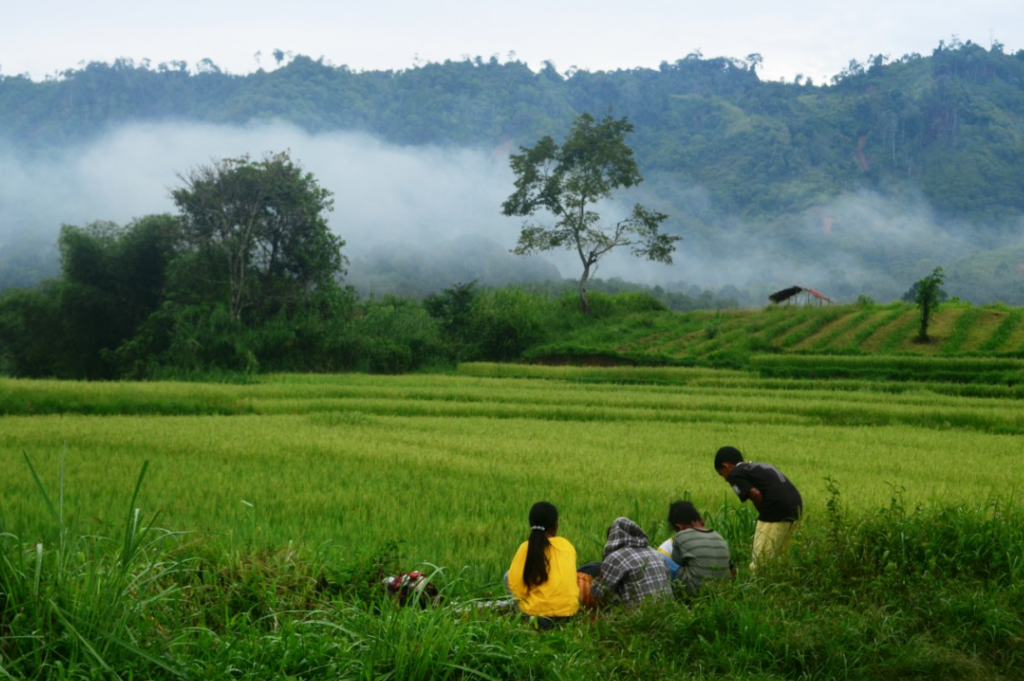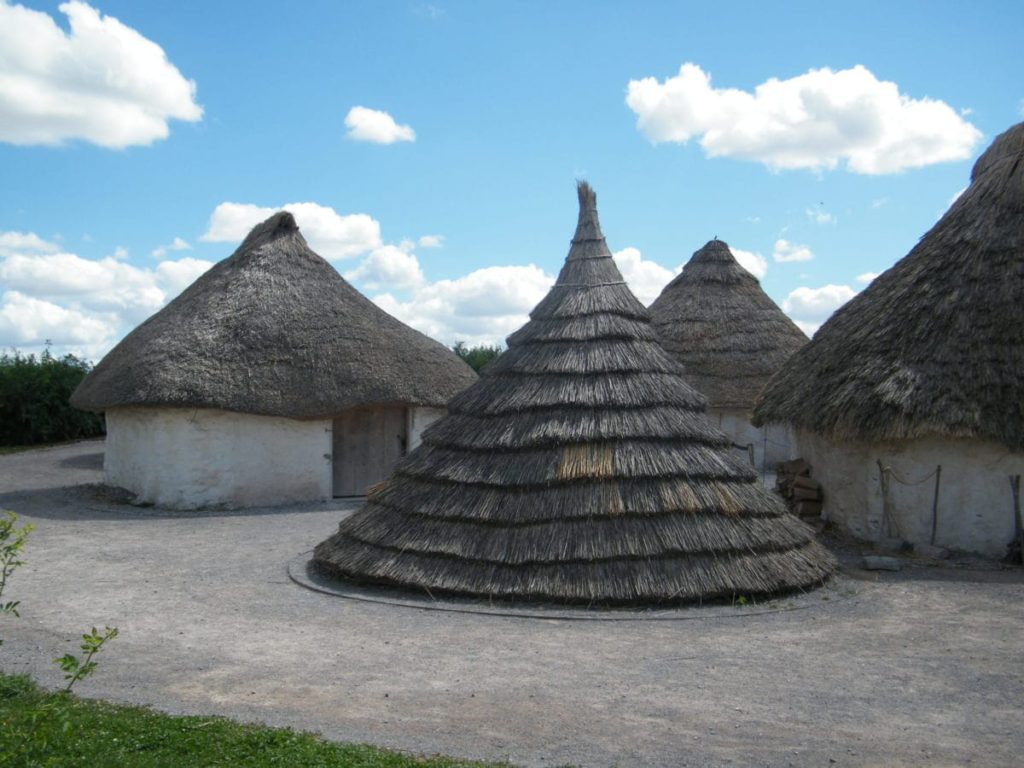
The term ‘ecotourism’ came to many of us through shiny advertisements from pioneers of the Global travel Industry. It is commonly understood as a trip to a natural area that is largely away from human interference. However, it carries in its essence, much more than just the simple advertised definition. It should not be kept in the light of mere wildlife tourism. David. A. Fennel characterises it as travel with the primary objective of comprehending the natural history of an area accompanied by sustainable action and local participation. Ecotourism carries a huge economic and social significance in states across India. P. Subramaniam, in the article ‘Outlook for Ecotourism in India’ points out the benefit that the local communities can receive if ecotourism management is taken seriously and the inclusion of non-urban communities is ensured.
Though the importance of ecotourism in India is being recognised, its popularised version poses major trouble on multiple fronts currently. Despite there being several spots suitable for ecotourism in India, the provision of infrastructure that does not harm the areas around has posed a significant problem (the presence of such infrastructures has caused damage too). A crucial aspect of ecotourism involves the utilisation of services that are locally viable and largely conform with the way of living in that region. To put it simply, the presence of sprawling hotels or resorts that are not eco-friendly, or an approach to tourism that focuses simply on the influx and luxury accommodation of tourists can create an impact on the local biodiversity of the area. An acute example, in this case, is Goa, which owes its biodiversity to the Sahyadri Hills. Vague ecotourism policies have also been criticised for giving legitimisation to powerful investors’ attempts at using ecologically sensitive zones for revenues.
Mangrove forests in West Bengal were emphasised as an ‘ecotourism resource’ by the Sahara group despite the restrictions on fishing activities it would impinge on the area. The regulatory frameworks for ecotourism in India have also reduced the local and indigenous populations in areas that qualify as “ecotourism resources” to mere receivers and service providers for patrons. Abhijit Banerjee, in his article Tourism in Protected Areas: Worsening Prospects for Tigers? ( EPW ),’ noted that tourism in ‘Protected Areas’ across India has not ensured benefits for locals and that they have been forced to take up meagre paying jobs while the revenues benefit government reserves and nearby lodging facilities instead.

Despite these problems, ecotourism is being considered as a way to revive the travel industry post the COVID-19 pandemic in states like Odisha ( as reported by the Times of India ). Ecotourism here will be promoted as an option of a local vacation or a “staycation”. Though locals will be trained for such set-ups, it might end up doing more damage to the ecology of the selected areas without management at micro-levels, which includes social mapping for gathering information about the socio-economic conditions, the social complexity of the village, and its biodiversity. Preparations are also being made in ecotourism spots in Kerala for an influx of tourists interested in domestic travel. If the right balance is maintained, ecotourism is a good option to help local populations benefit from it in their areas and cope with the pressures of the pandemic. However, if the burden of the revival of the Tourism Industry post-pandemic is put on sensitive areas meant for appreciating the natural history and ecology, it might lead to permanent damage. It might also lead to the promotion of illegal ecotourism in areas that provide such opportunities.
Areas like the Gir Wildlife Sanctuary can fall prey to black-market ecotourism as they have in the past. The Gir Wildlife Sanctuary is the only home for Asiatic lions in India and attracts tourists from all over the country to the Sasan Village. Even after a push for the implementation of the Wildlife Protection Act in the 1970s, there have been cases in which the lions were made a part of a strategically arranged and human-controlled ‘hunt.’ Further, ‘baiting’ still continues.
Having talked about the challenges Ecotourism poses, and the meticulous planning and execution it takes to give reality to the goals of spreading awareness about natural heritage and biodiversity, it is crucial to look at models that have not only worked out well in terms of achieving these goals but also proved to be beneficial to the locals. One such example is set by a group of women who manage Mangrove Safaris in Southern Maharashtra, and are part of a group called ‘Swamini Self Help Group’. As reported by Mongabay, this model has achieved the tripartite goals of inspiring women to take up ecotourism as an income-generating activity, spreading awareness about Climate Change, and inspiring models suitable for coastal Maharashtra.

Though many people would like to view ecotourism funding and management by the government as the middle ground between conservation practices and development, tourists themselves have a key role in bringing these efforts to light. One does not simply become an ecotourist by travelling to wild and offbeat locations that nature has to offer for ‘thrilling experiences.’ Being an ecotourist requires one to understand the intricate ways in which people can be a disturbance to the flora and fauna of the location. Even mere sounds from your excursions into aquatic ecosystems can make the life there feel threatened. As mentioned earlier, the main aim of ecotourism is to understand the ecosystem without exploiting it or introducing disturbances into it. It is about becoming an ecotourist, and not buying the label of one in the tourism market.


After I initially commented I clicked the -Notify me when new feedback are added- checkbox and now every time a remark is added I get four emails with the identical comment. Is there any way you possibly can take away me from that service? Thanks!
You have mentioned very interesting details! ps nice internet site. “There is no vice so simple but assumes some mark of virtue on his outward parts.” by Mary Bertone.
Good info and right to the point. I don’t know if this is really the best place to ask but do you people have any ideea where to hire some professional writers? Thank you 🙂
Together with almost everything that seems to be building throughout this subject matter, a significant percentage of perspectives are rather exciting. Nevertheless, I beg your pardon, but I do not subscribe to your entire plan, all be it refreshing none the less. It appears to everyone that your opinions are generally not totally rationalized and in actuality you are your self not wholly confident of your argument. In any event I did appreciate looking at it.
Hi there! I just want to give a huge thumbs up for the great information you might have here on this post. I will likely be coming again to your weblog for more soon.
I am curious to find out what blog system you happen to be using? I’m having some small security issues with my latest site and I’d like to find something more safe. Do you have any suggestions?
I like this internet site because so much utile stuff on here : D.
Hello there! I could have sworn I’ve been to this blog before but after browsing through some of the post I realized it’s new to me. Anyhow, I’m definitely delighted I found it and I’ll be bookmarking and checking back frequently!
An interesting discussion is worth comment. I think that you should write more on this topic, it might not be a taboo subject but generally people are not enough to speak on such topics. To the next. Cheers